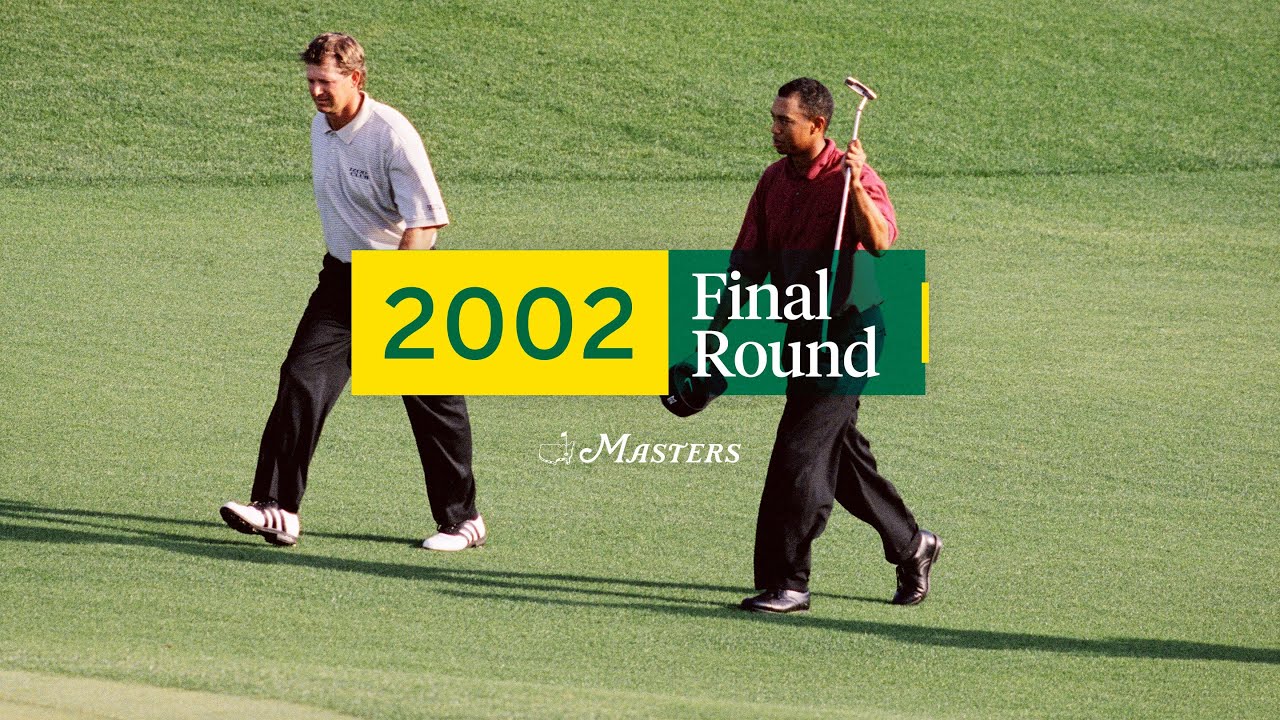Alright, let me tell you about this little project I tackled – digging into the 2002 Masters Tournament. Sounds kinda random, right? Well, I was just messing around, trying to sharpen my data analysis skills, and figured why not use something I actually enjoy: golf!

So, first things first, I grabbed the data. Found a few sites with historical golf stats, nothing fancy, mostly just tables of results. I copy-pasted everything into a spreadsheet. Yeah, real high-tech stuff here.
Next up, cleaning. Oh man, this was a pain. Different sites had different formats. Some had player names with initials, some full names. Some had scores as numbers, others with pluses and minuses. I spent a good chunk of time standardizing everything. Think find and replace, and lots of manual tweaking. I almost gave up a couple of times. It was tedious! I really regret copy-pasting now.
Then, the fun part: analysis. I started with some basic stuff. Who had the lowest average score? Who had the most birdies? Easy peasy. But I wanted to go deeper. I tried to see if there was a correlation between driving distance and score. Turns out, not really. At least not in this dataset. Maybe the sample size was too small or maybe driving distance isn’t everything at Augusta. Who knows? Maybe it’s putting!
I also looked at how the leaderboard changed each day. I wanted to see if anyone came out of nowhere to win. I found that the eventual winner, Tiger Woods (surprise!), was consistently near the top throughout the tournament. No Cinderella story there. Boring!
Then I made some charts. Nothing fancy, just some basic bar graphs and line charts. But it helped me visualize the data better. I used excel since that was the easiest thing to do right away.

Finally, I wrote up a little summary of my findings. Nothing groundbreaking, just a bit of fun with golf stats. I even shared it with a couple of my golf buddies. They were mildly impressed, mostly just happy I wasn’t talking about my terrible slice for once.
Learned a few things too. Data cleaning is the worst, but it’s essential. Visualization is key to understanding the data. And sometimes, even with all the data in the world, you still can’t predict who’s going to win. That’s golf for ya! I need to find some new data sources and make the analysis better.
So, there you have it. My little data dive into the 2002 Masters. Not exactly a world-changing project, but it was a good way to practice my skills and indulge my love of golf at the same time.
Next up, I plan on grabbing some more data on all the masters to compare the different years and see if that provides a more comprehensive insight on trends!
